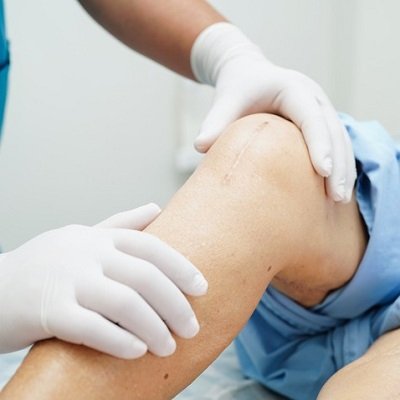Knee replacement surgery has long been a reliable treatment for those suffering from chronic joint pain, arthritis, or injury-related damage. While traditional methods have served patients well, medical science has advanced significantly—particularly in how surgeries are planned. One of the most revolutionary tools in orthopedic surgery today is 3D imaging, which plays a key role in ensuring accuracy, safety, and long-term success in total knee replacement procedures.
For patients exploring total knee replacement in Islamabad, 3D imaging now offers a powerful advantage by allowing orthopedic surgeons to plan with unmatched precision and customization. This technology is reshaping how surgeons approach complex joint procedures—and improving patient outcomes like never before.
What Is 3D Imaging in Knee Replacement?
3D imaging refers to the use of advanced medical scans, such as CT (Computed Tomography) or MRI (Magnetic Resonance Imaging), to create a three-dimensional digital model of the patient’s knee joint. Unlike traditional X-rays, which only show flat, two-dimensional images, 3D imaging captures every angle and detail of the knee—including bone shape, cartilage condition, and surrounding tissue structure.
These detailed visuals enable surgeons to:
-
Assess the severity of joint damage.
-
Understand the unique anatomy of the patient’s knee.
-
Customize surgical instruments and implants accordingly.
-
Simulate the procedure virtually before making any incision.
This level of planning drastically reduces guesswork during surgery and enhances both precision and patient safety.
How 3D Imaging Enhances Knee Replacement Surgery:
The integration of 3D imaging into pre-surgical planning has introduced several game-changing benefits:
1. Personalized Surgical Plans:
Every person’s knee anatomy is different. With 3D imaging, surgeons can tailor each procedure to the patient’s exact bone structure. This includes selecting the right implant size, determining the best angles for incisions, and even adjusting implant alignment to match natural joint motion.
This individualized approach results in better joint function and more natural movement post-surgery.
2. Improved Accuracy and Alignment:
One of the key factors determining the success of a total knee replacement is how well the implant is aligned. Poor alignment can lead to early implant wear, stiffness, or even the need for revision surgery.
With 3D imaging, surgeons can virtually map out the precise placement of the implant beforehand—ensuring optimal alignment and reducing the risk of complications.
3. Reduced Surgery Time:
When a surgeon walks into the operating room already familiar with a detailed, 3D model of the patient’s knee, they can perform the surgery more efficiently. Customized surgical guides (created using the 3D model) further streamline the procedure.
Shorter surgeries mean:
-
Less time under anesthesia.
-
Lower risk of infection.
-
Faster initial recovery.
4. Better Communication and Patient Understanding:
Patients can view their own 3D knee model during consultations, which helps them better understand their condition and the planned procedure. It builds trust and makes the process more transparent.
3D Imaging and Total Knee Replacement in Islamabad:
In Islamabad, many advanced orthopedic centers and hospitals now offer 3D imaging as part of their knee replacement planning. Patients benefit from:
-
High-resolution MRI and CT scanning technology.
-
Skilled orthopedic surgeons trained in image-guided planning.
-
Customized implants using patient-specific data.
-
More predictable outcomes and long-term joint performance.
With total knee replacement in Islamabad becoming more sophisticated and patient-focused, 3D imaging adds a significant layer of precision and comfort to the surgical journey.
Who Can Benefit from 3D Imaging?
While nearly all knee replacement candidates can benefit from 3D imaging, it is particularly useful for:
-
Patients with unusual bone structure.
-
Those undergoing revision surgery.
-
Younger or more active patients who need greater joint function.
-
Individuals seeking long-term implant durability.
Consulting with a specialist will help determine whether 3D imaging is part of the recommended surgical approach for your case.
A New Era in Knee Replacement:
3D imaging is not just a technological trend—it’s the future of joint replacement surgery. By offering highly personalized treatment plans, improved surgical precision, and enhanced outcomes, it is raising the bar for patient care across the globe.
If you’re considering total knee replacement in Islamabad, ask your orthopedic surgeon whether 3D imaging is available and how it could improve your experience. Embracing this innovation can help ensure your new knee feels, fits, and functions as close to natural as possible.
For more information visit Royal Cosmetic Suregry.







